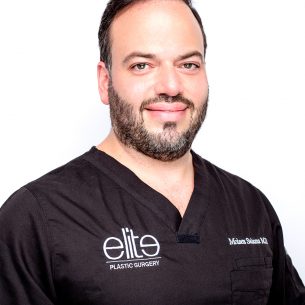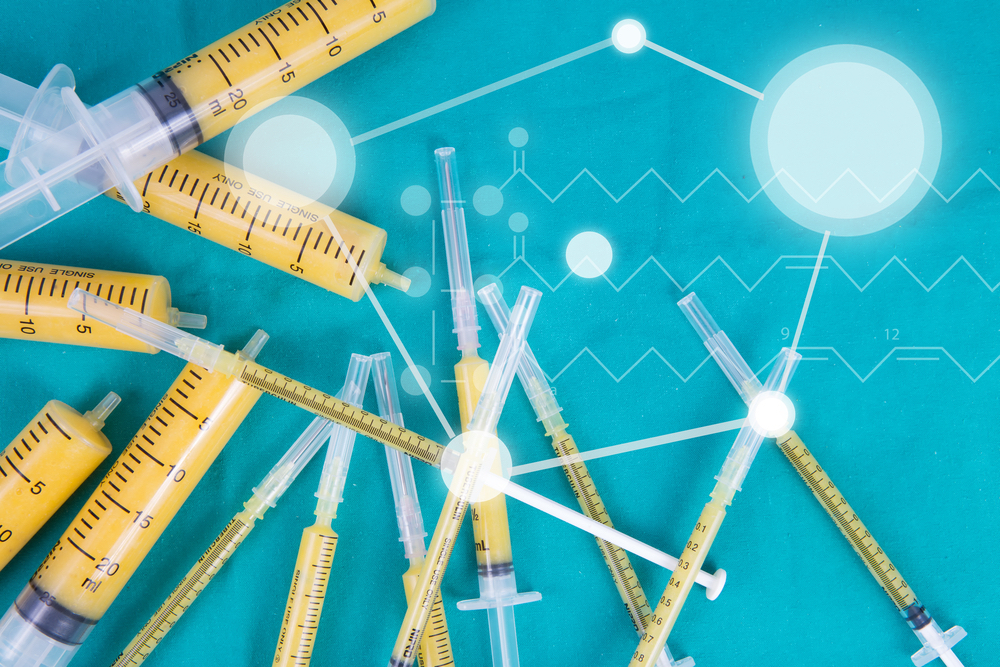Facelift options come a long way in recent years, and advanced surgical techniques and non-surgical approaches now allow doctors to refresh and rejuvenate the faces of patients concerned about first signs of wrinkles or volume loss, pronounced signs of aging and all points in between. Miami Beach, Florida plastic surgeon Dr. Jose Rodríguez-Feliz explains the main causes of the most common aging concerns as well as the best ways to restore a more youthful appearance.
The concern: Early signs of facial aging
The solution: Fillers and toxins
Sun damage and the natural aging process begin to make their presence known as early as the mid- to late-30s, and if you haven’t started yet, this is the ideal time to stop aging in its tracks and consider non-surgical treatment with injectable fillers and toxins. Targeting problem areas with injectables can help provide instant rejuvenation while potentially helping to prevent future signs of aging from forming. Minimizing muscle contractions with a neurotoxin such as Botox® or Dysport® helps prevent etched-in lines and wrinkles caused by repeated facial expressions like squinting, smiling and frowning. In addition, hyaluronic acid fillers (including Restylane® and Juvéderm®) or fat transfer can reverse the first signs of volume loss in the mid-face and plump up visible furrows around the mouth. Experienced injectors can also use these products to provide additional “fine tuning” that helps improve other visible signs of aging such as hollowing of the temples and minor laxity along the jawline. In many cases, early intervention with these injectables can help delay the need for surgery down the line.
The concern: Aging in the mid-face
The solution: Mid-face lift
Many women (and men) are concerned about loss of volume and sagging in the mid-face. In this scenario, a mid-face lift with fat grafting will work best for restoring youthful cheeks, smoothing out the transition from the lid to the cheek, and even improving laugh lines. A mid-face lift can be performed through a small incision just under the lower eyelid, similar to the one used for a lower blepharoplasty (eyelid surgery). Both procedures (lower blepharoplasty and mid-face lift) are often performed simultaneously as anatomic changes related to aging in the lower eyelid and the mid-face are closely related.
A mini-facelift (or short-scar facelift) is often the ideal solution for those in their 40s and 50s with minimal loose skin in the lower face, but no obvious excess skin along the jawline and neck. A mini-facelift can be performed on its own or in conjunction with other procedures, and generally requires only half the traditional facelift incisions and often eliminates the need for incisions behind the ears. This more limited procedure still addresses excess skin, fat, and also tightens underlying tissues but comes along with significantly less recovery and downtime than a traditional facelift.
The concern: Advanced signs of aging
The solution: A full face/necklift
The days of over-pulled, obvious facelifts are over. Today’s modern techniques (such as the high SMAS facelift) address the deeper layers of facial tissue and pulls them upwards—unlike traditional facelifts that only pull excess skin back. The high SMAS facelift allows surgeons to remove excess skin, reposition fat, restore fullness to the cheeks, eliminate jowls, and improve nasolabial folds while yielding more natural-looking results.
It’s important to keep in mind that facelifts are just one part of the facial rejuvenation puzzle. In some cases, additional surgical procedures such as blepharoplasty or a necklift may be necessary to obtain optimal results. Etched-in fine lines and discoloration contribute to an aged appearance as well, and many plastic surgeons will recommend additional procedures such as laser resurfacing or TCA peels to restore a more youthful appearance to the complexion and provide comprehensive facial rejuvenation from the inside out.
For more information, visit Dr. Jose Rodríguez-Feliz's social media:





















